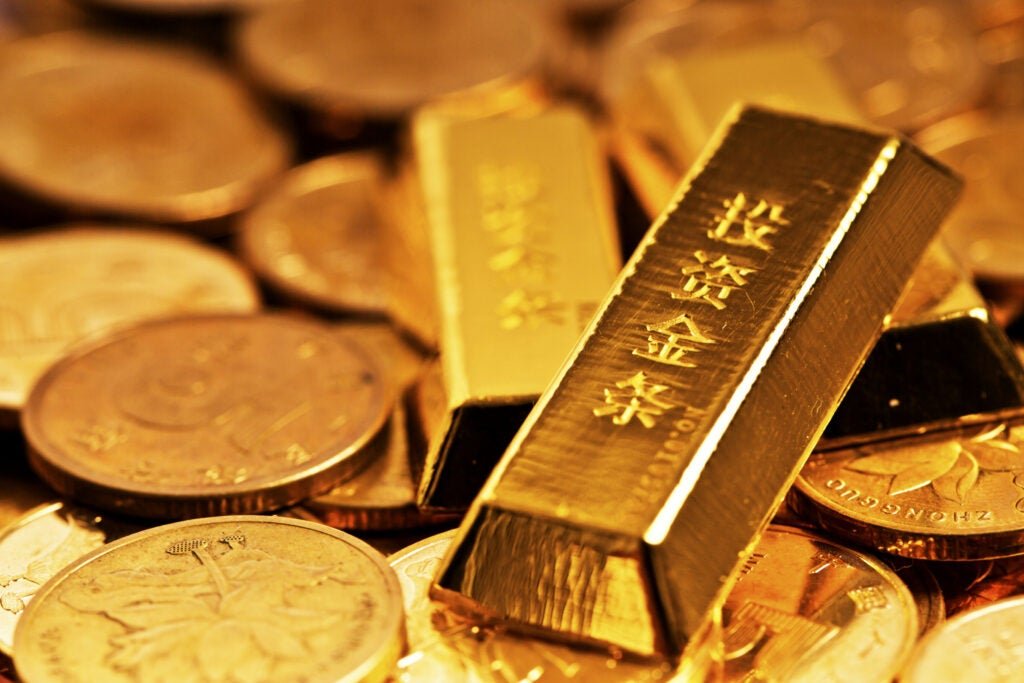China’s central bank has been quietly amassing gold reserves, a move that could have significant implications for the global economy, particularly the U.S. dollar.
What Happened: The People’s Bank of China (PBoC) has been steadily increasing its gold reserves since 2022, reported MarketWatch. The bank’s gold purchases have surged, especially after the West froze Russia’s foreign-exchange reserves, a move that spooked foreign central banks and prompted them to buy record amounts of gold.
The PBoC reported its first increase in gold reserves since September 2019 in 2022, according to the World Gold Council (WGC). However, this doesn’t necessarily mean the central bank made no gold purchases during that period. Reliable data from China is often hard to come by, largely due to the government’s opaque reporting practices.
Jan Nieuwenhuijs, gold analyst at Money Metals, told MarketWatch about “unreported purchases” by Central Banks. Nieuwenhuijs noted that China is importing significantly more gold than what is publicly sold through the Shanghai Gold Exchange or disclosed by industry insiders.
Nieuwenhuijs believes the PBoC “in reality” held 5,065 metric tons of gold at the end of 2024—more than double the 2,280 metric tons reported by the central bank, according to WGC data.
China and other nations, “especially those that are not close allies of the U.S., want to reduce their reliance on the U.S. dollar for reasons beyond mere diversification,” stated Stefan Gleason, president and chief executive at Money Metals.
He noted that countries have seen the U.S. “weaponize the dollar against both Iran and Russia,” and with America retreating from global trade, there’s “less reason for other nations to hold so many dollars.”
Why It Matters: The increase in China’s gold reserves could have a significant impact on the global economy, particularly the U.S. dollar. The dollar has already been experiencing a decline, with a more than 9% drop since the start of the year. This trend, combined with China’s secretive gold-buying spree, could further weaken the dollar’s position as the world’s primary reserve currency.
Moreover, the World Gold Council’s mid-year outlook has highlighted persistent geopolitical risk, sustained central bank demand, and a weakening U.S. dollar as key drivers for gold’s upward trajectory. If this trend continues, gold could see a significant increase in value, further impacting global trade and currency dynamics.
JPMorgan has also doubled down on gold, predicting that it could hit $4,000. This bullish stance on gold is echoed by other market players, with gold miners seeing significant rallies in 2025.
READ MORE:
Image via Shutterstock
Disclaimer: This content was partially produced with the help of AI tools and was reviewed and published by Benzinga editors.







